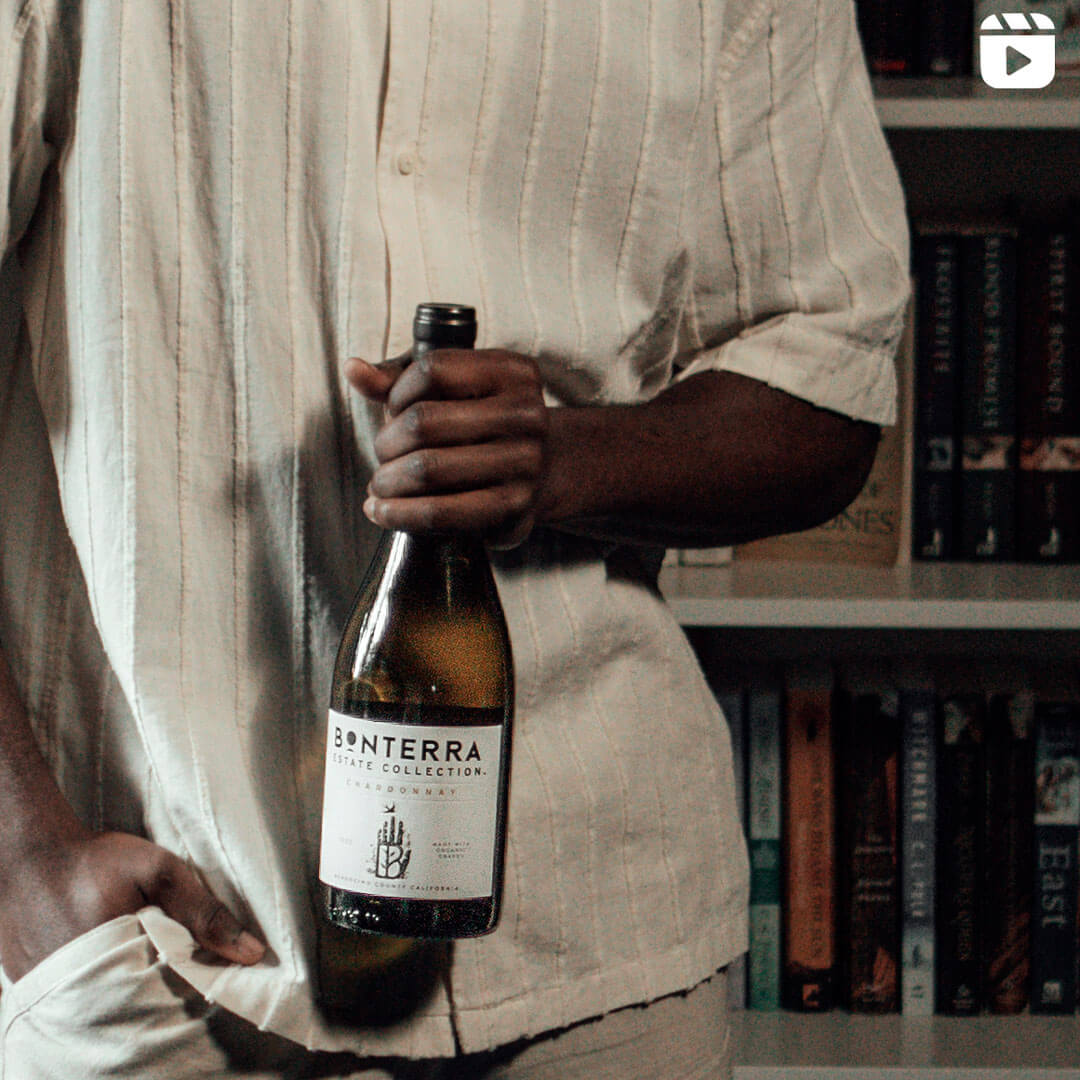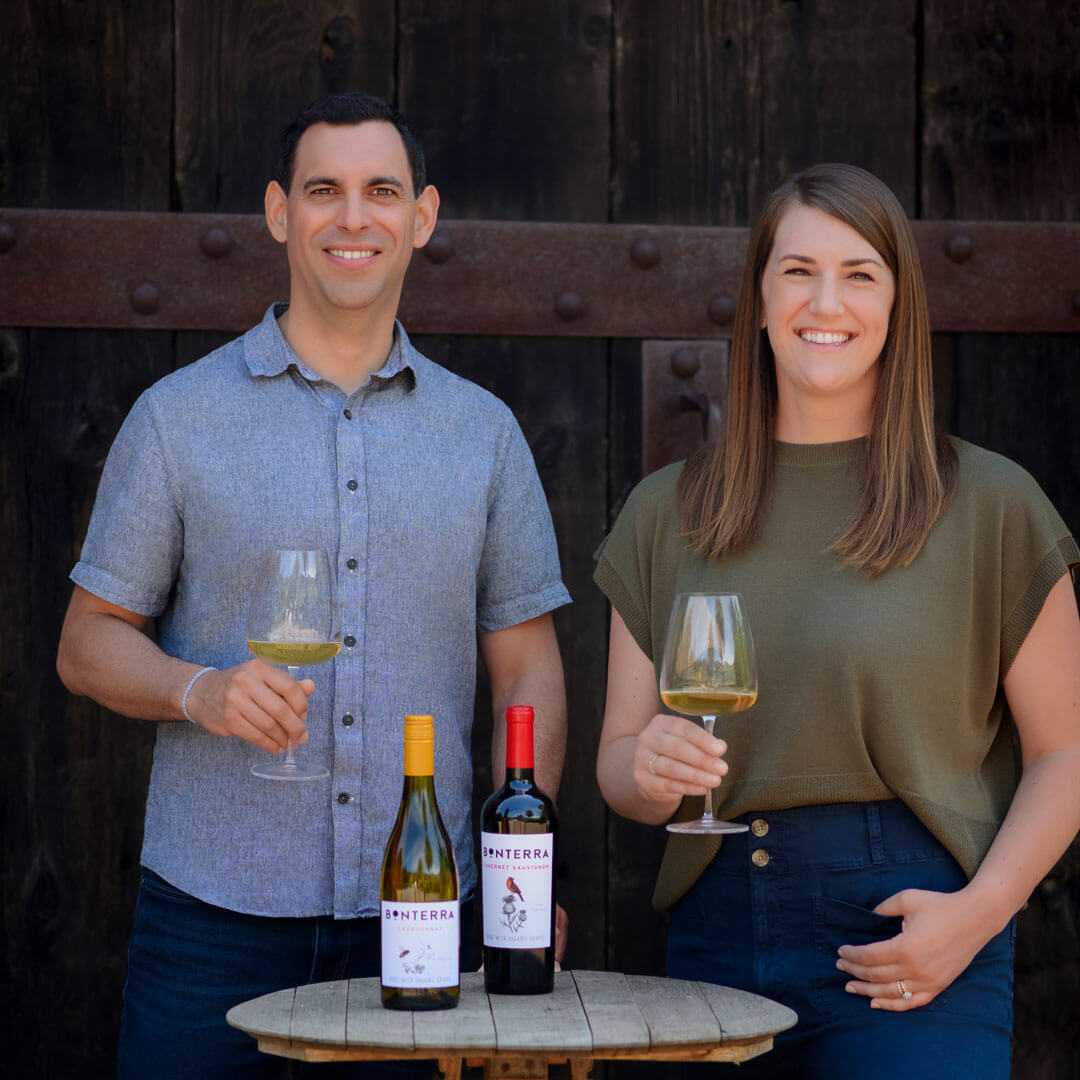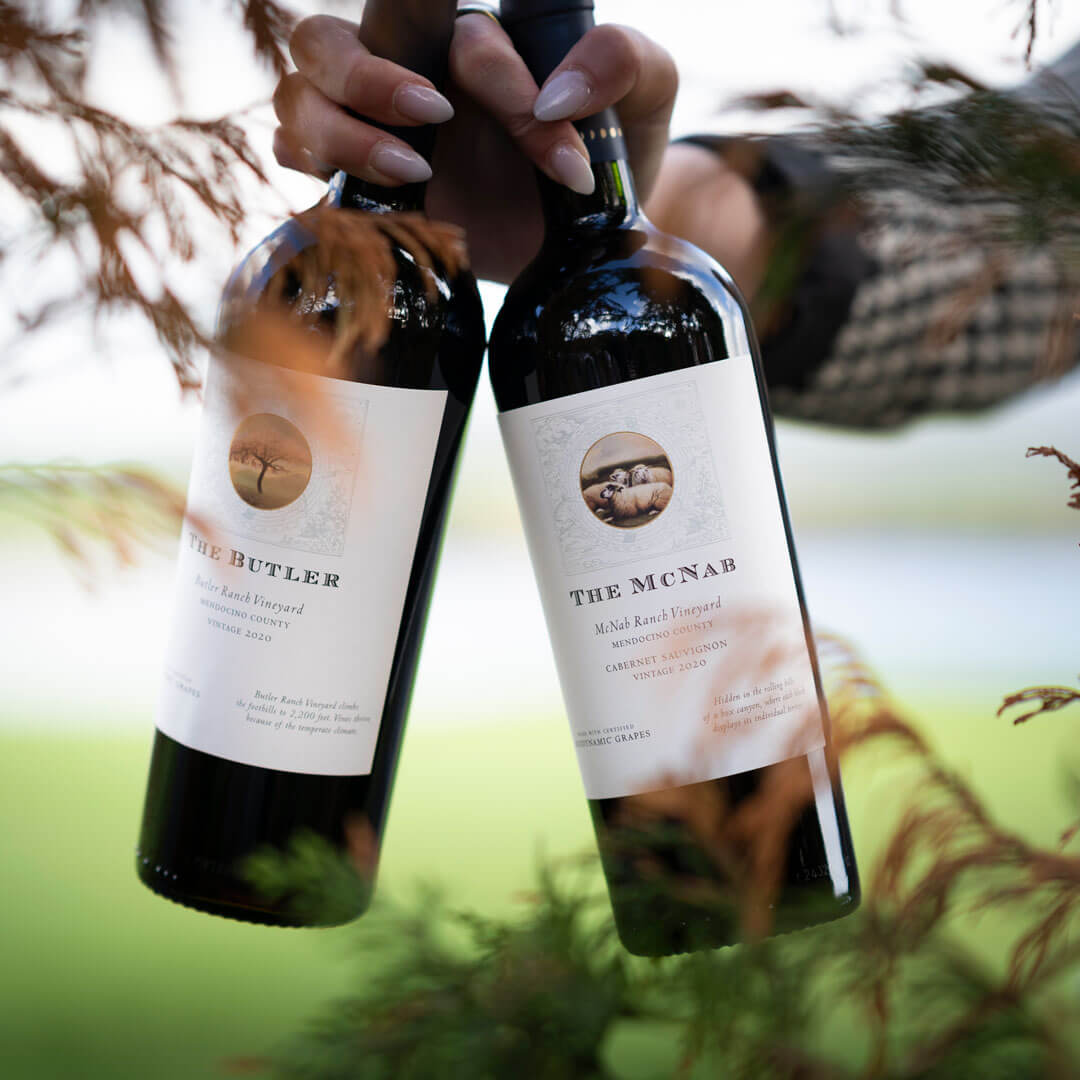What Does Sauvignon Blanc Taste Like? Exploring Its Characteristics
When you hear “Sauvignon Blanc,” what comes to mind? For many, it’s the distinctive aroma of fresh-cut grass on a spring morning, zesty citrus that makes your mouth water, or tropical fruits that transport you to warmer shores. Few wines conjure such immediate and recognizable sensory impressions as Sauvignon Blanc—a varietal known for its refreshing acidity, aromatic intensity, and captivating drinkability. Whether you’re opening a bottle on a warm evening or exploring a lineup during a wine tasting, Sauvignon Blanc invites discovery at every sip.
Introduction to Sauvignon Blanc
Sauvignon Blanc originated in France, where it first flourished in the Loire Valley and Bordeaux. The name itself offers insight into its character—”Sauvage” (wild) and “Blanc” (white)—an apt description for a grape variety that expresses itself with such vibrant intensity. This venerable variety has traveled far from its French origins to become one of the world’s most recognizable white wines, establishing distinct identities in New Zealand, California, Chile, and South Africa.
How does Sauvignon Blanc taste? Is Sauvignon Blanc sweet or dry? What distinguishes Sauvignon Blanc among white wines is its transparency of expression—it translates terroir with remarkable clarity. Unlike varieties that mask their origins beneath layers of oak or winemaking intervention, Sauvignon Blanc reveals itself honestly. This quality makes it not merely a wine but a messenger, carrying the signature of soil, climate, and human touch directly to your glass.
At Bonterra, our approach to Sauvignon Blanc embraces the varietal’s natural expressiveness, allowing our organic, regenerative farming practices to shine through in wines of remarkable purity and character. The result is Sauvignon Blanc that speaks not only of varietal typicity but of our specific place and philosophy—where respect for nature yields wines of distinctive personality.
Tasting Notes for Sauvignon Blanc
Common Flavor Profiles in Sauvignon Blanc
The flavor spectrum of Sauvignon Blanc unfolds with remarkable diversity, yet always with a thread of bright acidity that serves as the variety’s signature. This acidity provides the framework for a fascinating array of aromatic and flavor expressions:
Citrus Spectrum
From the zesty immediacy of lime and lemon to the more complex notes of grapefruit and pomelo, citrus forms a cornerstone of Sauvignon Blanc’s flavor architecture.
Green and Herbaceous Notes
Perhaps most distinctive are the variety’s green expressions—fresh-cut grass, green bell pepper, and herbs like basil and tarragon—that speak to the grape’s natural character.
Tropical Fruit Elements
In warmer climates or riper styles, Sauvignon Blanc reveals a lusher personality, with notes of passion fruit, guava, and mango that balance its natural acidity.
Stone Fruit Suggestions
Delicate intimations of white peach, nectarine, and occasionally apricot add complexity to the mid-palate, particularly in moderate climate expressions.
Mineral Components
Depending on soil composition, Sauvignon Blanc can display flint, wet stone, or chalky mineral notes that add sophisticated complexity to its flavor profile.
Bonterra Sauvignon Blanc captures this diversity with its distinctive notes of citrus zest, kiwi, and melon—all framed by the subtle mineral character that comes from our thoughtfully farmed vineyards. This constellation of flavors creates a wine that is at once refreshing and thought-provoking, capable of both immediate pleasure and contemplative appreciation.
Acidity, Fruitiness, and Herbal Notes
Looking to put a fine point on the question: what does Sauvignon Blanc taste like? Here’s out headline: the Sauvignon Blanc tasting experience is defined by a fascinating interplay between three key elements—acidity, fruit expression, and herbaceous character—that combine to create this variety’s distinctive personality:
Vibrant Acidity
The most consistent Sauvignon Blanc characteristic is its mouthwatering acidity, which creates a sense of freshness and vibrancy that leaves the palate refreshed rather than fatigued. This acidity serves as both structural backbone and preservative, allowing the wine to maintain its freshness even as it develops complexity over time.
Fruit Expression
Unlike varieties where fruit character might be muted by oak or malolactic fermentation, Sauvignon Blanc typically showcases pure, transparent fruit notes. This clarity of expression allows even casual wine enthusiasts to identify characteristic flavors with remarkable precision.
Herbal Character
The pyrazine compounds naturally present in Sauvignon Blanc contribute to its signature herbaceous notes—from subtle suggestions of fresh herbs in riper styles to the pronounced flavors of green pepper and cut grass in cooler-climate expressions. This “green” character is not a flaw but rather a defining element of the variety’s identity.
Collectively, these elements frame Sauvignon Blanc’s distinctive mouthfeel—typically medium-bodied with a texture that can range from crisp and linear to slightly more rounded depending on winemaking decisions. The finish often features a cleansing acidity that leaves a lingering impression of freshness, inviting the next sip with subtle persistence.
Sauvignon Blanc Regions and Their Taste Variations
The remarkable sensitivity of Sauvignon Blanc to its growing environment creates diversity of expressions across wine regions. This terroir transparency allows us to experience the variety not as a monolith but as a spectrum:
Loire Valley, France
In its historic homeland, particularly the sub-regions of Sancerre and Pouilly-Fumé, Sauvignon Blanc expresses itself with elegant restraint—flinty mineral notes complement citrus and subtle herbal elements, all structured by precise acidity. These wines often reveal a sophisticated complexity that develops beautifully with moderate aging.
New Zealand, Marlborough
Perhaps the most internationally recognizable style, New Zealand Sauvignon Blanc presents with intense aromatics—passion fruit, gooseberry, and pronounced herbal notes that sometimes suggest jalapeño pepper—all framed by vibrant acidity. This bold expression revolutionized global perceptions of the variety in 1990s.
California
In the sun-drenched vineyards of California, particularly cooler regions like Mendocino where Bonterra’s vineyards flourish, Sauvignon Blanc develops a more measured personality—ripe citrus melds with tropical suggestions while maintaining balanced acidity. The result is wines of approachable elegance that maintain varietal character without extremes.
You might also spot Sauvignon Blanc labeled as Fumé Blanc—a California-born term from the 1960s for a style aged briefly in oak. The result is a slightly richer, more textured expression, where a hint of smoke softens the grape’s natural brightness. A less common style today, it speaks to the range and charm of California Sauvignon Blanc.
Chile, Casablanca Valley
The Pacific-influenced climate of Chile’s coastal valleys yields Sauvignon Blancs of remarkable freshness, where green apple notes complement subtle herbaceousness and mineral suggestions. These wines are known for approachable, food-friendly flavors and authentic varietal character.
South Africa, Western Cape
The unique conditions of South Africa’s Western Cape create distinctive Sauvignon Blancs where flinty mineral notes complement both citrus freshness and subtle tropical elements. These wines often occupy a fascinating middle ground between so-called Old World elegance and New World expressiveness.
The role of climate in shaping these regional expressions cannot be overstated. In cooler regions, Sauvignon Blanc maintains higher acidity and develops more pronounced herbaceous notes from pyrazine compounds. As climate warms, these green elements recede while tropical fruit notes become more prominent—creating a fascinating spectrum from vibrant herbaceousness to lush fruit expression.
At Bonterra, our Mendocino County vineyards benefit from coastal and riparian influences that moderate California sunshine, allowing Sauvignon Blanc to develop full flavor ripeness while maintaining essential acidity and freshness. Our organic farming practices enhance this natural balance, creating wines that speak clearly of both variety and place.
How to Serve Sauvignon Blanc
To fully appreciate the lively character of Sauvignon Blanc, how you serve it matters:
- Ideal Wine Temperature: Serve Sauvignon Blanc well-chilled, around 45–50°F (7–10°C). Too cold and you’ll mute the wine aromas; too warm and the acidity can feel sharp and unbalanced.
- Glassware: Use a white wine glass with a slightly tapered rim to concentrate the wine’s aromatics. A narrower bowl preserves freshness and enhances your experience of its expressive nose.
- Timing: Sauvignon Blanc is generally best enjoyed young, within 1–3 years of its vintage, for maximum aromatic intensity and brightness. However, some expressions from the Loire or oak-aged styles may develop added nuance with a few years of bottle age.
Mindful serving ensures Sauvignon Blanc shows its best qualities, from that first burst of citrus on the nose to the clean, refreshing finish.
Pairing Sauvignon Blanc with Food
The distinctive character of Sauvignon Blanc—bright acidity, clean fruit expression, and often herbal notes—creates exceptional versatility at the table. Unlike heavier whites that might overwhelm delicate dishes or reds that could clash with certain ingredients, Sauvignon Blanc offers refreshing compatibility with a wide range of cuisines:
Seafood Synergies
The natural affinity between Sauvignon Blanc and seafood is legendary—from the classic pairing with oysters (where the wine’s acidity brightens the brine) to its harmony with delicate white fish, where herb notes complement without overwhelming.
Vegetable-Forward Dishes
The subtle green character of Sauvignon Blanc creates remarkable synergy with vegetable dishes—asparagus (notoriously difficult to pair with wine), fresh peas, and herb-forward salads find their ideal companion in this versatile white.
Goat Cheese Perfection
Perhaps no white wine pairing is more celebrated than Sauvignon Blanc with fresh goat cheese, where the wine’s acidity cuts through creaminess while its herbal notes create flavor bridges to the cheese’s characteristic tanginess.
Global Cuisines
The bright freshness of Sauvignon Blanc allows it to complement cuisines from around the world—from Thai dishes (where it balances spice and aromatic herbs) to Mexican fare (where it refreshes the palate between bites of rich ingredients).
When considering specific food and wine harmonies, Bonterra Sauvignon Blanc offers particular versatility thanks to its balanced approach—neither too aggressively herbaceous nor overly tropical. Its citrus brightness and subtle kiwi notes make it an excellent partner for fresh preparations where quality ingredients speak for themselves:
- Fresh ceviche with lime and cilantro
- Spring vegetable risotto with fresh herbs
- Grilled fish with lemon and caper butter
- Mediterranean salads with crumbled feta
- Thai-inspired dishes with modest heat levels
The key to successful pairing lies not in rigid rules but in understanding Sauvignon Blanc characteristics—its bright acidity, clean fruit expression, and subtle herbaceousness—and how they interact with various elements in food. This understanding allows for creative exploration beyond traditional combinations, making it easy to enjoy with any dish.
Explore the Best Sauvignon Blanc Wines at Bonterra
At Bonterra, our approach to Sauvignon Blanc embodies our broader winemaking philosophy—where organic, regenerative farming practices serve as the foundation for wines of authentic character and distinctive personality.
Our Mendocino County vineyards—home to fruit for our acclaimed Bonterra Estate Sauvignon Blanc—provide the ideal environment for Sauvignon Blanc to develop its full potential—cool coastal influences moderate California sunshine, allowing for extended flavor development while maintaining the essential acidity that defines this versatile variety.
For those looking to explore some of our favorite takes on this beloved varietal, our expensive white wine sampler offers a curated selection of premium Sauvignon Blancs and Chardonnay wines. The sampler features limited-production wines, preferred pricing, and early access to new releases.
Bonterra Sauvignon Blanc captures this balance with bright notes of citrus zest, kiwi, and melon—all expressions of our commitment to organic and regenerative farming practices. By encouraging biodiversity in our vineyards, where beneficial insects replace unwanted pesticides and cover crops build living soil, we create an environment where Sauvignon Blanc develops pure, authentic expression.
For those looking to explore some of our favorite takes on this beloved varietal, our Wine Club offers quarterly shipments featuring limited-production wines, preferred pricing, and early access to new releases.
You’ll be rewarded with a collection that captures the best of both worlds—wines with the depth to reward a slower sip, and the brightness to elevate any gathering, no matter how simple.
REFERENCES
Wine Enthusiast. (2025, April 1). Your guide to Sauvignon Blanc. Wine Enthusiast. https://www.wineenthusiast.com/culture/wine/your-guide-to-sauvignon-blanc/




